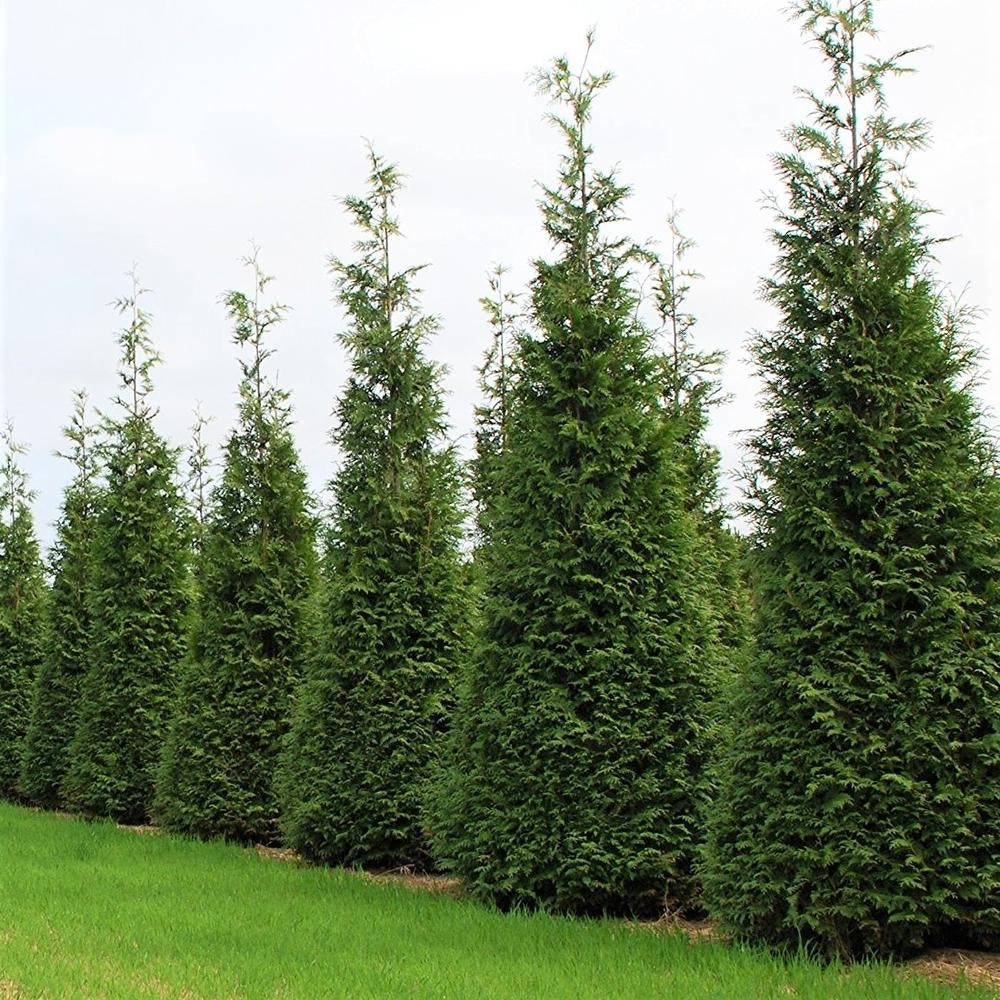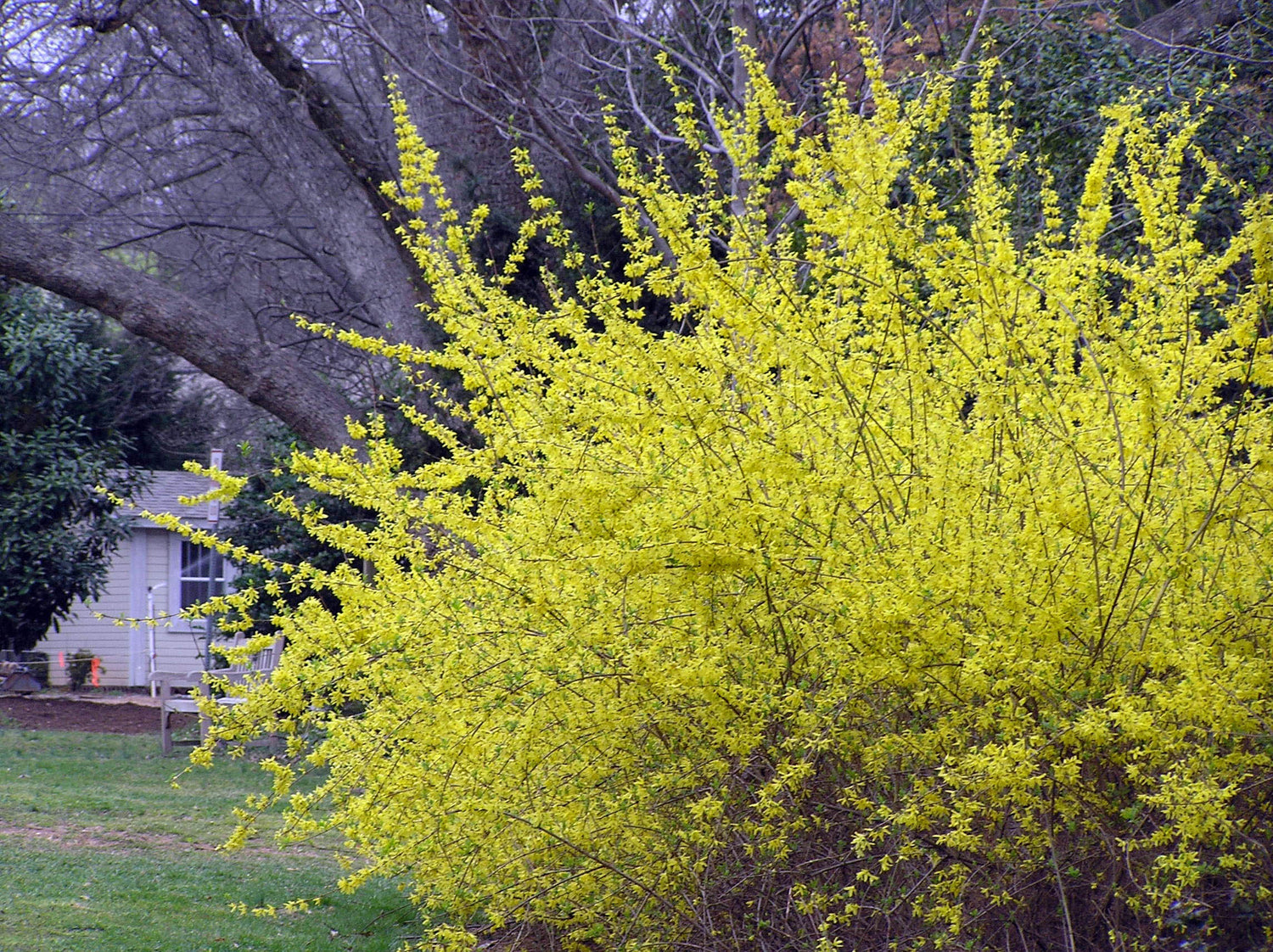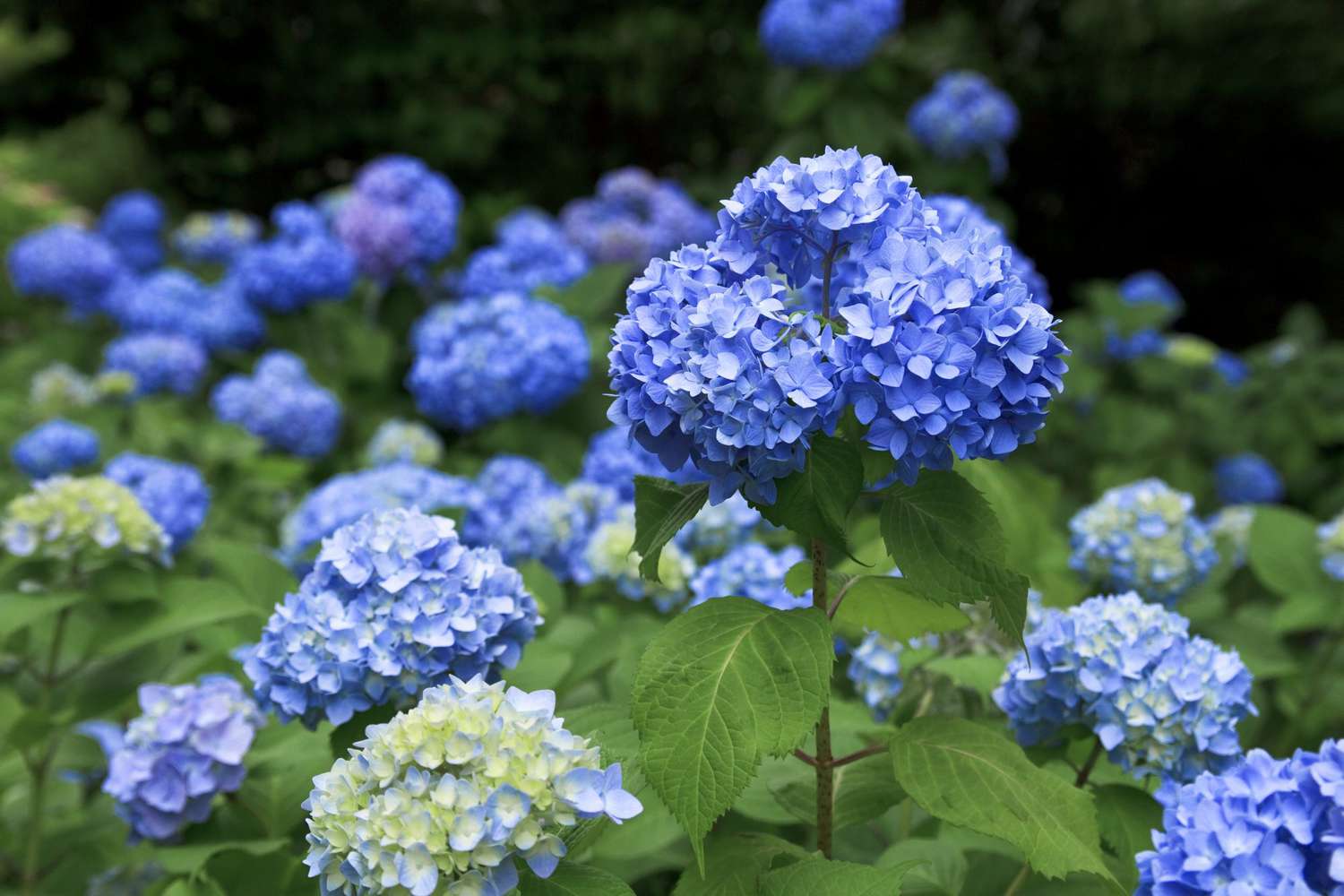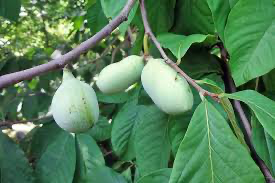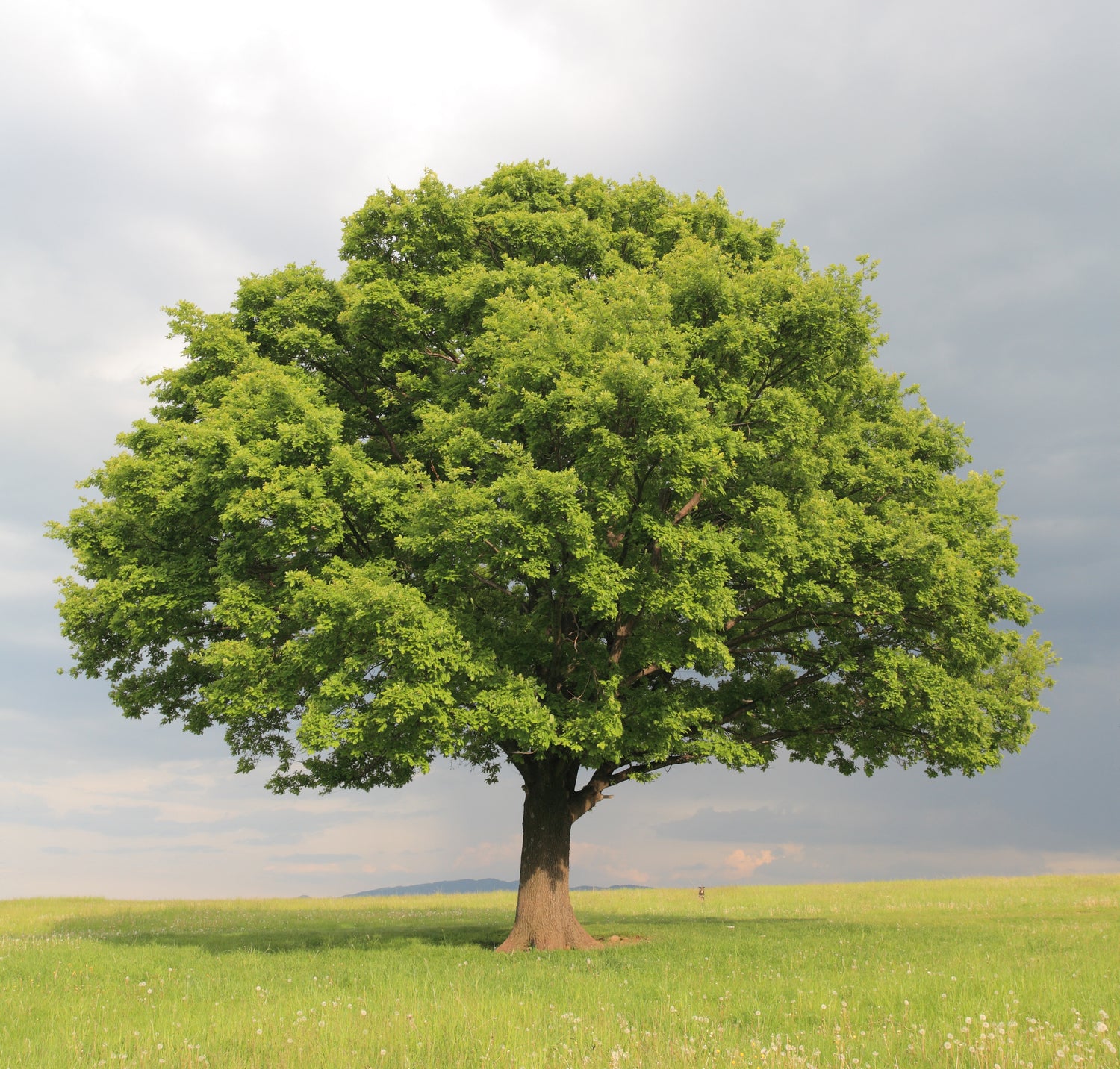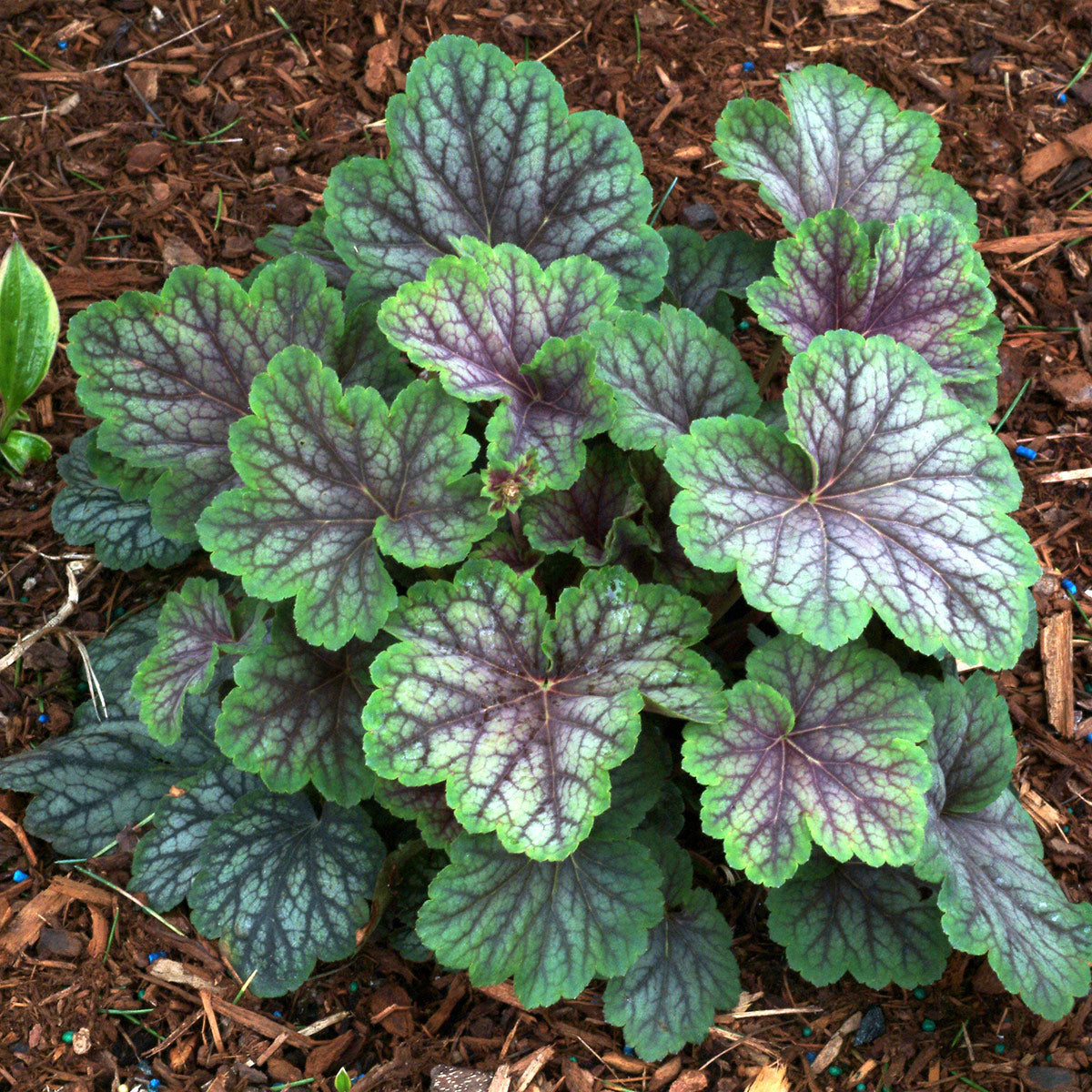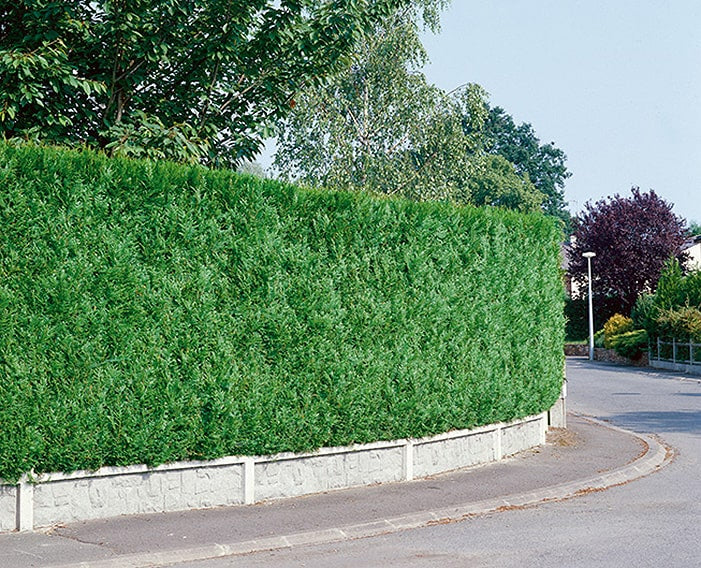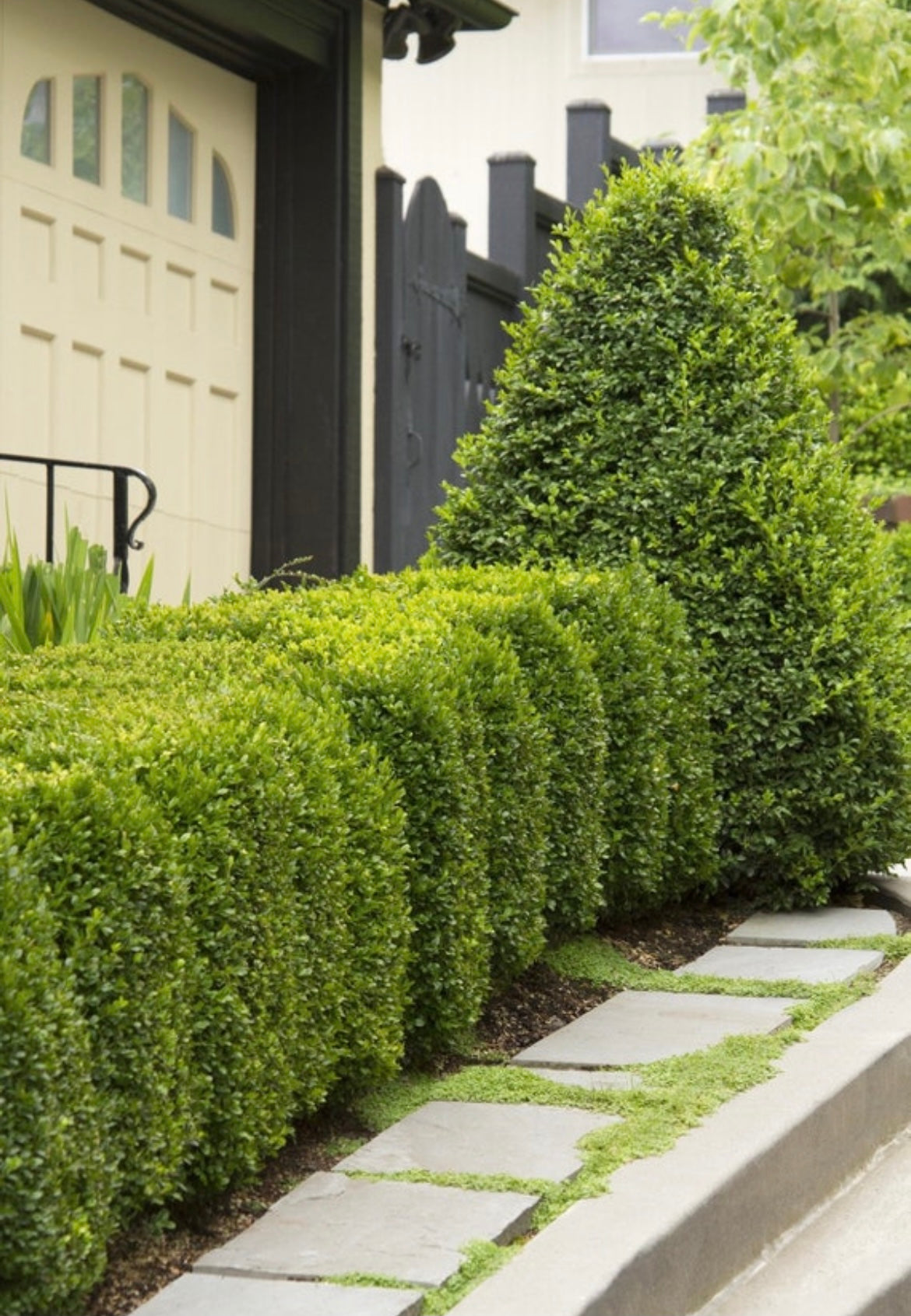Understanding how fast your tree will grow is essential for planning and setting realistic expectations. Tree growth rates vary significantly based on species, care practices, and environmental conditions. Knowing what to expect in terms of growth can help you choose the right tree for your landscape and provide the appropriate care to ensure it thrives.

Trees typically grow in three distinct stages: sleep, creep, and leap. In the first year, they focus on establishing their root systems with minimal above-ground growth. During the second year, they begin to show more noticeable growth above ground, though still relatively slow. By the third year, they usually enter a phase of rapid growth, expanding significantly in height and canopy spread.
In this guide, we will delve into these growth stages, explore the factors that influence tree growth rates, and compare different tree species to help you make informed decisions for your garden. Whether you're looking for fast-growing privacy trees or slow-growing ornamental plants, understanding their growth patterns will ensure you meet your landscaping goals.
Tree Growth Stages: Sleep, Creep, and Leap
Understanding the growth stages of trees helps set realistic expectations and guides proper care practices to support each phase. Here’s what to expect during the first three years after planting your tree:
Year 1 - Sleep: Root Development
In the first year, trees primarily focus on establishing their root systems rather than above-ground growth. This period is crucial for creating a strong foundation that will support future growth. Although you may not see much happening above the soil, the tree is hard at work below ground.
- Minimal Above-Ground Growth: Most energy is directed towards developing a robust root network.
- Importance of Watering: Regular watering is essential to support root establishment. Using a Tree Watering Bag can help provide a slow, consistent water supply, ensuring deep soil penetration without overwatering.
Year 2 - Creep: Initial Above-Ground Growth
In the second year, trees begin to show more noticeable growth above ground. While this growth is still relatively slow compared to later stages, it marks the transition from root development to visible expansion.
- Moderate Above-Ground Growth: Leaves, branches, and stems start to grow more visibly.
- Continued Root Development: Roots continue to expand, supporting the increasing above-ground structure.
- Regular Maintenance: Keep up with watering, mulching, and protecting the tree from pests and diseases.
Year 3 - Leap: Full-Speed Growth
By the third year, trees typically enter a phase of rapid growth. With a well-established root system, they can absorb more nutrients and water, supporting significant increases in height and canopy spread.
- Rapid Above-Ground Growth: Trees can grow several feet in height and expand their canopy significantly.
- Enhanced Nutrient Uptake: The developed root system allows for efficient nutrient and water absorption.
- Ongoing Care: Maintain regular care practices, including pruning and monitoring for any signs of stress or disease.
Understanding these growth stages helps you plan and care for your trees more effectively, ensuring they develop into healthy, mature plants. For more detailed information on tree care and growth stages, visit our Frequently Asked Questions section.
By recognizing the distinct stages of tree growth, you can provide the appropriate care at each phase, ensuring your trees thrive and reach their full potential.
Factors Influencing Tree Growth Rates
Several factors influence how fast a tree grows, including soil quality, watering practices, climate, and protection measures. Understanding and optimizing these factors can help ensure your trees grow healthily and robustly.
Soil Quality and Preparation
- Healthy, Well-Draining Soil: Trees thrive in soil that is rich in organic matter and well-draining. Poor soil quality can impede root development and overall growth.
- Soil Testing and Amendment: Conduct soil tests to determine pH and nutrient levels. Amend the soil with compost or organic fertilizers to create an ideal growing environment.
Watering and Irrigation Practices
- Consistent Watering: Regular watering is crucial, especially during the first few years. Newly planted trees require consistent moisture to establish their roots.
- Proper Watering Techniques: Use slow, deep watering methods to ensure water reaches the root zone. A Tree Watering Bag is an excellent tool for providing a steady water supply.
Climate and Seasonal Changes
- Local Climate: The growth rate of trees is significantly influenced by the local climate. Trees in temperate climates may grow faster than those in regions with extreme temperatures.
- Seasonal Variations: Seasonal changes impact tree growth. Spring and summer typically support active growth, while fall and winter are more about root development and dormancy.
Mulching and Protection
- Mulching: Applying mulch around the base of the tree helps retain soil moisture, regulate temperature, and suppress weeds. For detailed mulching techniques, refer to our Ultimate Mulching Guide.
- Protection from Pests and Diseases: Regularly check for signs of pests and diseases. Implement protective measures such as fencing or tree guards to prevent damage.
By optimizing these factors, you can create a conducive environment that promotes healthy and vigorous tree growth. Proper care and maintenance are essential for helping your trees reach their full potential.
For more seasonal planting advice and tips on optimizing tree growth, visit our Best Time to Plant a New Tree guide.
Comparing Tree Growth Rates
Different tree species have varying growth rates. Understanding these differences can help you choose the right trees for your landscaping needs, whether you want fast-growing privacy screens or slow-growing ornamental trees. Here, we compare fast-growing, moderate-growing, and slow-growing trees to give you a comprehensive overview.
Fast-Growing Trees
Fast-growing trees are ideal for quickly creating privacy, shade, or windbreaks. These trees establish rapidly and can significantly transform your landscape in a short time.
- Catalpa Tree: The Catalpa tree is known for its rapid growth and large, heart-shaped leaves. It can quickly provide shade and ornamental beauty to your garden. Buy Northern Catalpa Tree Online
- Green Giant Arborvitae: This evergreen tree is a popular choice for privacy screens and windbreaks due to its fast growth and dense foliage. Green Giant Arborvitae for Sale
Moderate-Growing Trees
Moderate-growing trees strike a balance between rapid growth and long-term stability. They are often chosen for their durability and aesthetic appeal.
- Bald Cypress Tree: Known for its unique appearance and adaptability to wet conditions, the Bald Cypress tree has a moderate growth rate and can add character to your landscape. Buy Bald Cypress Trees Online
- Black Walnut Tree: Valued for its high-quality wood and nutritious nuts, the Black Walnut tree grows at a moderate pace and requires ample space. Invest in Nature’s Gold - Black Walnut Tree
Slow-Growing Trees
Slow-growing trees are perfect for those who want a low-maintenance landscape with long-term rewards. These trees often have denser wood and can live for many years.
- Emerald Green Arborvitae: This tree grows slowly but steadily, providing lush greenery that is perfect for hedges and privacy screens. Buy Emerald Green Arborvitae Online
- Dwarf Burning Bush: Known for its stunning fall color, the Dwarf Burning Bush is a slow grower that adds vibrant beauty to landscapes. Dwarf Burning Bush for Sale
By comparing the growth rates of different tree species, you can choose the best trees for your specific needs and preferences. Whether you need fast-growing trees for quick coverage or slow-growing trees for a long-term investment, understanding these growth patterns will help you make informed decisions.
For more information on different tree species and their growth rates, explore our Learn More About Trees and Plants section. This resource provides valuable insights to help you select and care for the best trees for your landscape.







